According to the latest poll by Survation for ITV’s Good Morning Britain, the Conservative has widened their lead over Labour for the upcoming elections on Thursday. Headline voting intention for Conservative rose 2 pts to 45% while that for Labour dropped -2 pts to 31%, diving Conservative a 14pts lead, up from 9pts a week ago. Nevertheless, the lead was just back to the level on November 18, at 14 pts, when Conservative had 42% and Labour 28%.
Brexit remains the number one issue for the vote decision for 32% of all voters, 50% current Conservative voters and 15% current Labour voters. More Labour voters are concerned with NHS as the number one issue at 26%, comparing to Conservative’s 3% and overall 14%.





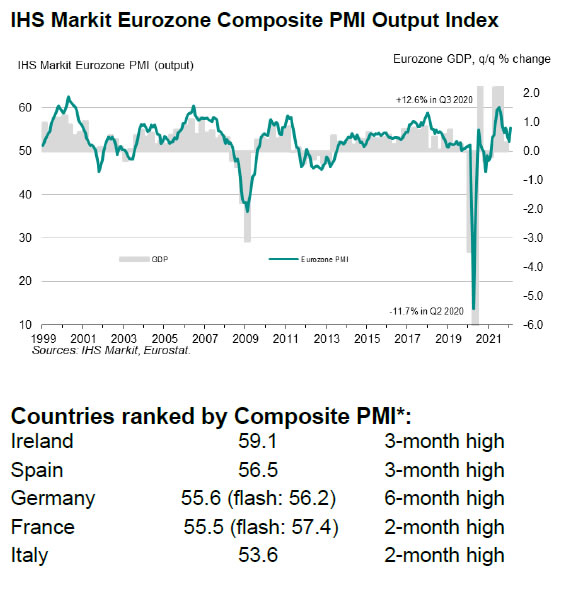

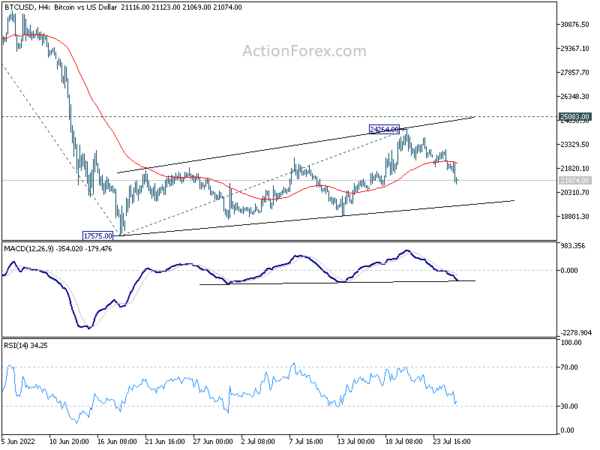
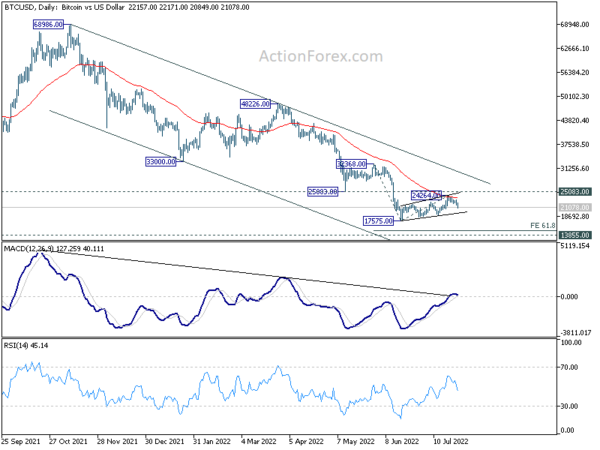
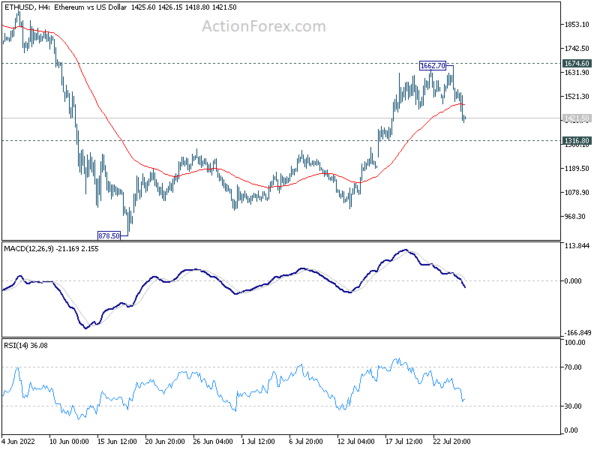
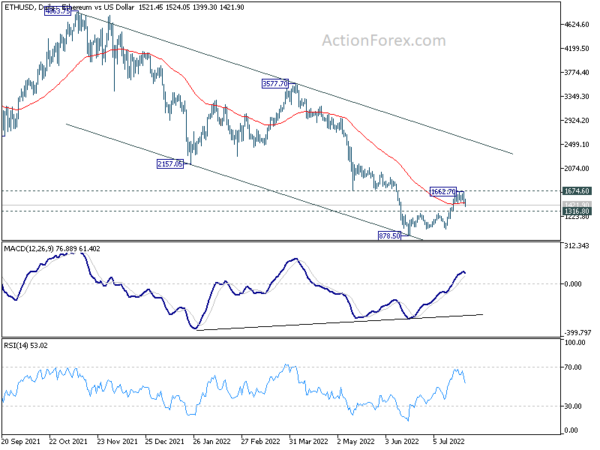
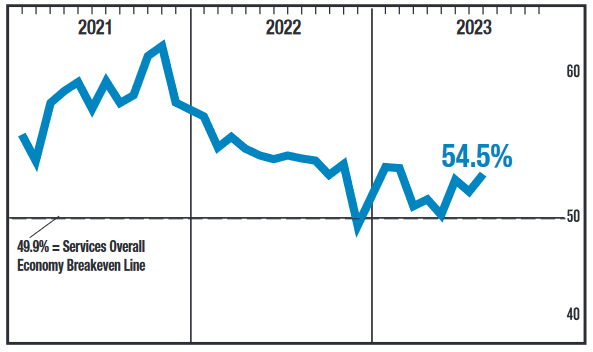
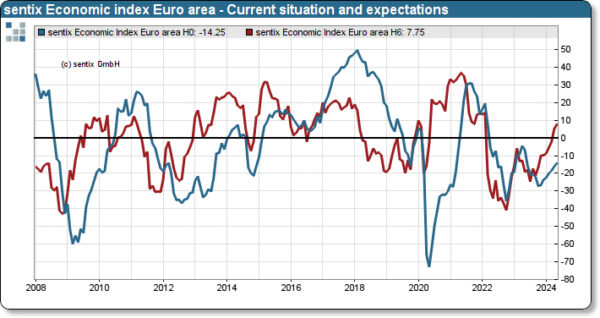
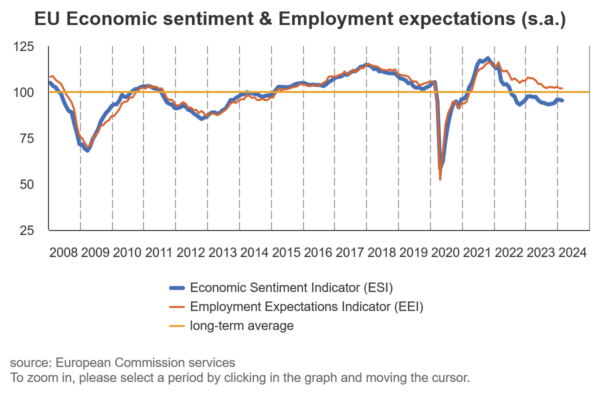
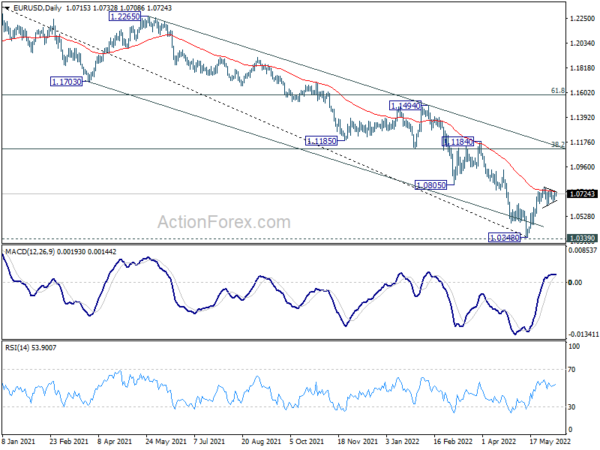
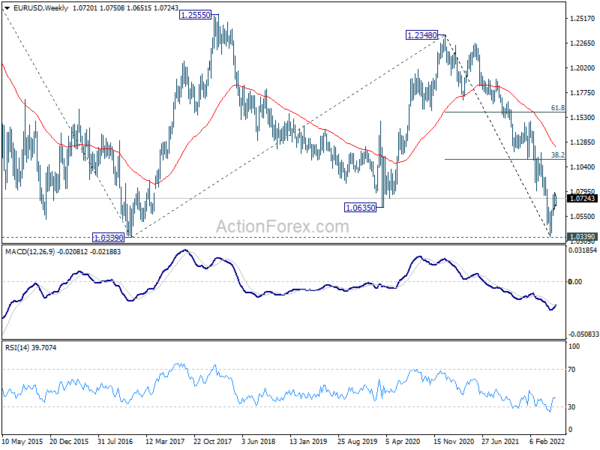

Japan CPI core down sharply to 3.1%, but core-core rose to 40-yr high
Japan’s headline CPI in February experienced a sharp slowdown from 4.3% yoy to 3.3% yoy, falling below the expected 4.1% yoy. CPI core (all items excluding food) dropped from 4.2% yoy to 3.1% yoy, meeting expectations. Meanwhile, CPI core-core (all items excluding food and energy) rose from 3.2% yoy to 3.5% yoy, surpassing the anticipated 3.4% yoy.
Despite the steep decline in CPI core from a 41-year high of 4.2% to 3.1%, the figure remains well above the Bank of Japan’s (BoJ) 2% target. The core-core reading, closely monitored by the BoJ as an indicator of domestic demand, reached its highest rate since January 1982.
The data suggests that incoming BoJ Governor Kazuo Ueda may need to address a shift from cost-push inflation to demand-driven inflation, which could prove more sustainable.